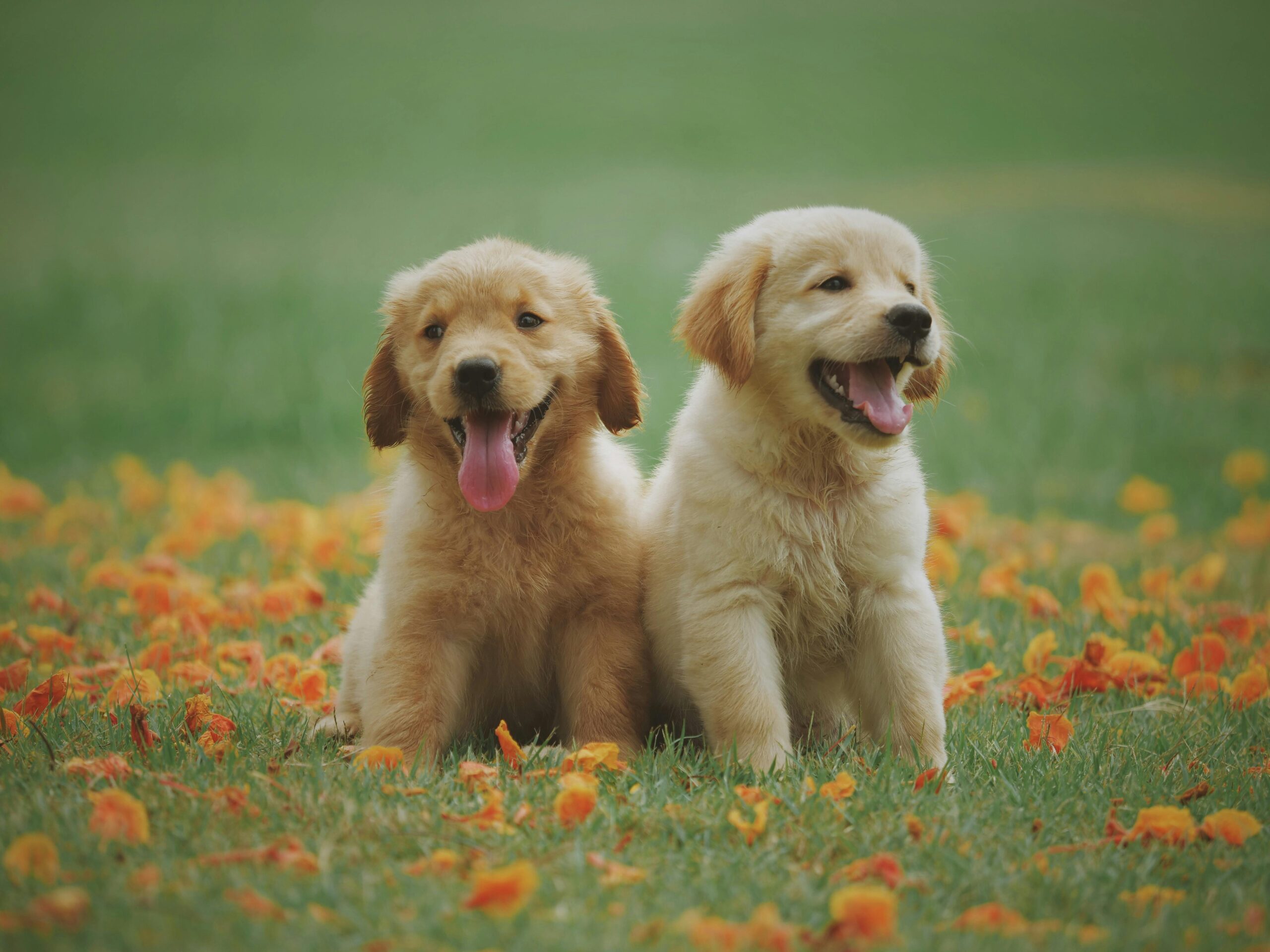Our furry friends deserve spaces that cater to their needs while complementing our homes. Creating a dedicated dog zone in your home or yard can provide your canine companion with comfort, entertainment, and security, while also helping to keep the rest of your living space clean and organized. Whether you have limited indoor space or a sprawling backyard, designing a functional area specifically for your dog shows your commitment to their wellbeing and happiness. This article explores various dog zone ideas for both inside and outside your home, with practical suggestions to implement regardless of your budget or available space.
Why Your Dog Needs a Dedicated Space
Dogs, like humans, benefit from having their own territory. A dedicated dog corner in your home provides them with a sense of security and ownership. This designated space helps reduce anxiety, especially when you’re away, as dogs feel more comfortable in areas that carry their scent and contain their favorite items. Additionally, creating a specific indoor dog area helps contain fur, toys, and potential messes to one location, making your home easier to clean and maintain. Dogs are den animals by nature, and providing them with their own space acknowledges this innate need while respecting your living environment.
Planning Your Indoor Dog Zone
When designing an indoor dog area, location is key. Consider a corner of your living room, a section under the stairs, or even a portion of your laundry room that receives adequate light and ventilation. The space should be away from excessive foot traffic but not completely isolated, as dogs are social creatures who want to be near their humans. Measure the area carefully before purchasing any furniture or accessories, ensuring your pet has enough room to stand, turn around, and lie down comfortably. According to experts at AskHomey, even small apartments can accommodate thoughtful dog corner home designs with the right planning and multi-functional furniture choices.
Essential Elements for an Indoor Dog Zone
A comfortable bed forms the foundation of any indoor dog area. Select one appropriate for your dog’s size, age, and sleeping preferences – some dogs prefer bolstered sides for security while others like to sprawl on flat surfaces. Include storage solutions like decorative baskets or bins for toys, ensuring they match your home’s aesthetic while keeping dog items organized. Consider adding a feeding station with elevated bowls, which can improve your dog’s posture during mealtimes and reduce strain on their neck, particularly beneficial for larger breeds. A washable mat underneath catches spills and makes cleanup easier. For dogs that enjoy having their own “furniture,” pet-specific sofas or chairs can make them feel special while protecting your human furniture from fur and scratches.
Creating an Outdoor Dog Space
The backyard offers tremendous potential for creating the ultimate dog-friendly zone. Start by assessing your yard’s layout, identifying sunny and shaded areas, and noting any potential hazards like toxic plants or escape routes. Secure fencing is non-negotiable for an outdoor dog space, ensuring your pet’s safety while giving them freedom to explore. If your yard lacks natural shade, consider adding a doghouse, canopy, or pergola where your dog can retreat during hot weather. Incorporate durable, pet-safe landscaping materials like smooth stones, mulch, or special dog-friendly artificial turf that resists digging and drains well.
Enrichment Features for Your Dog Zone
Both indoor and outdoor dog zone ideas should include enrichment features that stimulate your dog mentally and physically. For indoor areas, rotating interactive toys, puzzle feeders, and chew items keeps your dog engaged. A dedicated toy box teaches your dog where their possessions belong and encourages them to select their own entertainment. In outdoor dog spaces, consider installing tunnels, ramps, or platforms at varying heights that allow for climbing and exploration. A digging pit filled with sand in a designated area satisfies natural digging instincts without sacrificing your garden. For water-loving dogs, a small splash pool during summer months provides cooling entertainment.
Maintenance Considerations
Creating a successful dog zone requires ongoing maintenance. Choose materials that are easily cleanable and durable against claws and teeth. For indoor areas, opt for washable slipcovers, waterproof liners for beds, and stain-resistant flooring or rugs. In outdoor dog spaces, regularly check fencing for gaps or damage, inspect play equipment for safety, and maintain a routine cleaning schedule for feeding and elimination areas. Seasonal adjustments may be necessary, such as adding warming pads to beds in winter or increasing shade options during summer months.
Making the Space Aesthetically Pleasing
Your dog zone doesn’t have to sacrifice style for functionality. Select color schemes and materials that complement your existing décor for indoor areas. Storage containers, pet beds, and feeding stations now come in designer styles that blend with modern homes. For outdoor dog spaces, incorporate attractive landscaping elements like decorative fencing, stylish doghouses, or elegant water features that serve both humans and canines. Remember that a well-designed dog area enhances your home’s appeal rather than detracting from it.
For more tips and to connect with reliable home service professionals, follow AskHomey on Facebook and Instagram.



